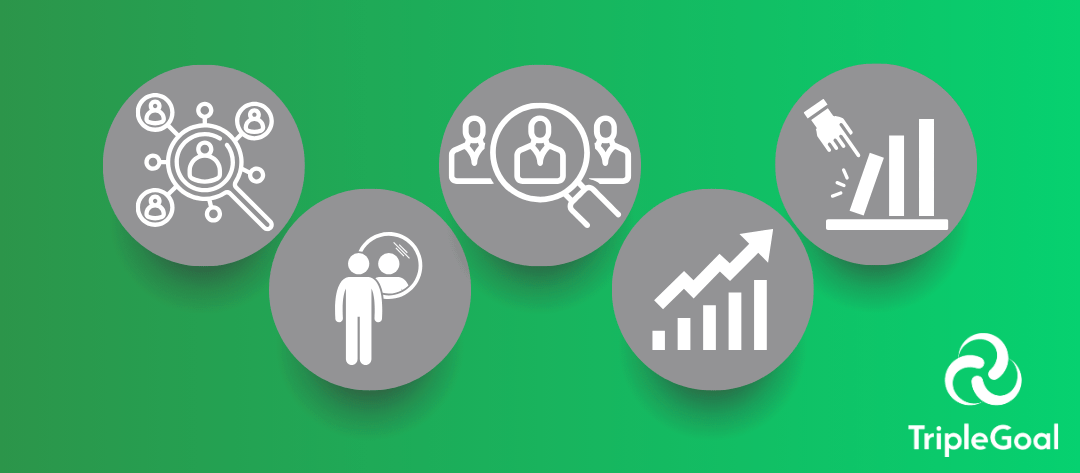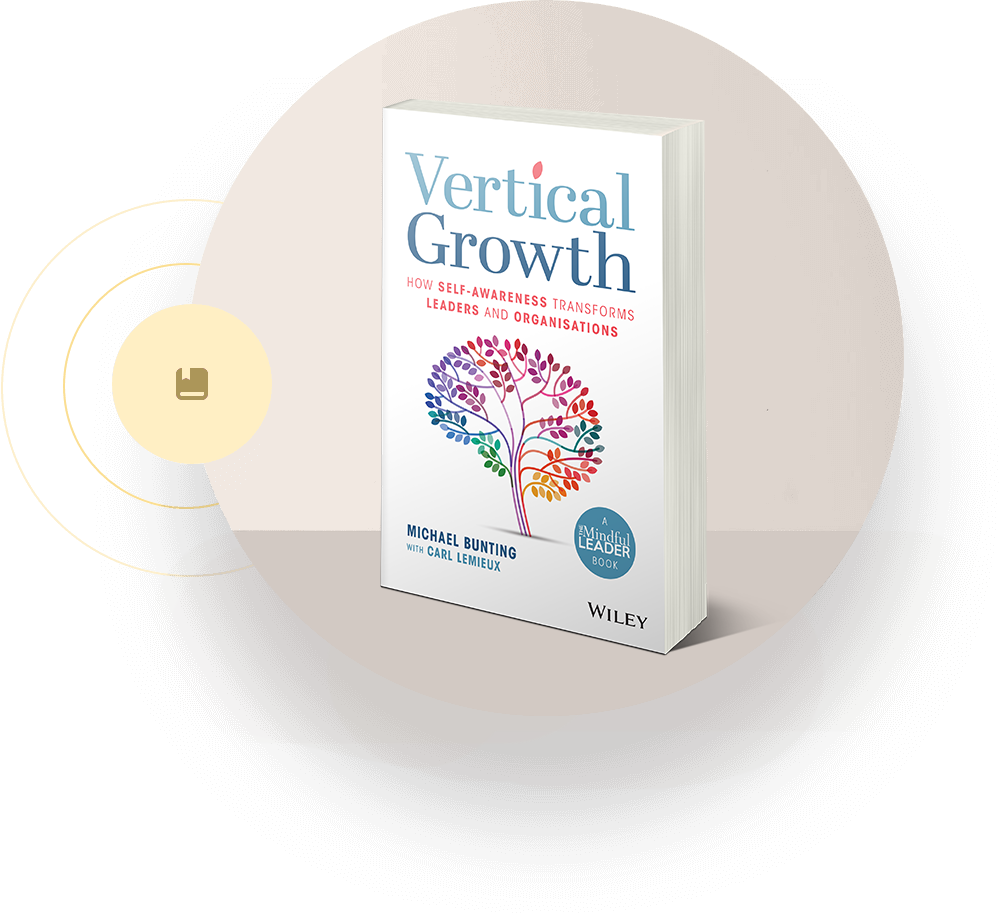Leadership coaching plays a vital role in how organisations develop talent. It supports reflection, builds self-awareness, and creates space for growth. But in complex, high-pressure environments, insight alone is not always enough. Coaches need tools that help leaders see how their daily behaviours shape the systems around them.
Accredited coaching programs like The Triple Goal’s Leadership Growth Profile Coach Certification offer frameworks to guide these conversations. Many focus on mindset, emotional intelligence, or communication style. These are important foundations. At the same time, coaches often need a way to connect inner growth with observable shifts in how leaders operate.
That’s where behavioural insight matters. Leaders influence performance and culture through their habits: what they reinforce, how they respond under stress, and what signals they send in moments that count. These patterns can be hard to spot without clear, structured input.
This article explores how coaches can use behavioural insight to deepen their practice. It introduces five ways behavioural data creates stronger coaching conversations, more meaningful outcomes, and a more direct link between leadership development and impact.
For coaches who want to keep growing their craft and growing leaders who shape culture and results, this lens offers a practical, powerful way forward.
How Behavioural Insight Transforms the Coaching Conversation
Every coaching engagement is shaped by the information you work with. When that information is behavioural (specific, observable, and grounded in real experience), the conversation changes. It becomes sharper, more practical, and more impactful.
A behavioural assessment tool like the Leadership Growth Profile brings this kind of visibility into focus. By capturing feedback on a leader’s everyday behaviours and not just their mindset or intent, it gives both coach and client a shared foundation to work from.
Instead of circling around abstract ideas or vague impressions, you can help clients focus on what they actually do. How they show up in meetings. How they respond to challenge. What they reinforce in their teams, even without realising it.
This kind of visibility is powerful. It gives leaders the clarity they need to grow with intention, and it gives coaches the input they need to guide that growth with precision.
Here are five ways that behavioural insights enabled by accredited coaching programs like The Triple Goal can enhance leadership coaching:
1. It Grounds the Coaching Relationship in Observable Data
Behavioural assessments provide clear, concrete input for coaching. Instead of relying solely on a client’s reflections or perceptions, coaches can work with specific feedback from peers, direct reports, and managers.
This shifts the conversation from theory to practice. The client isn’t guessing how they show up; they’re seeing how others experience their leadership in real time.
This makes coaching more focused. You can target patterns that matter, measure progress, and bring clarity to abstract challenges like trust, clarity, or ownership. Coaches become not just sounding boards, but mirrors, reflecting the behavioural reality that leaders often miss.
For clients, this fosters accountability. For coaches, it builds credibility and focus. The result is a coaching relationship that’s both supportive and sharply attuned to real-world influence.
In practice:
A senior executive comes into coaching frustrated by recurring conflict with their leadership team. They believe they’re being clear and collaborative, but behavioural feedback shows a consistent pattern of dominating discussions and shutting down dissent.
With this data in hand, the coach can help the leader unpack their intent versus the impact others experienced. Over several sessions, the leader practices new approaches to dialogue and decision-making, and the dynamic in team meetings begins to shift.
2. It Turns Self-Awareness into System Awareness
Most coaching starts with the self: beliefs, habits, and mindsets. But leadership doesn’t happen in isolation. The moment a leader speaks, makes a decision, or shows up under pressure, they’re shaping the culture around them.
Behavioural insight bridges that gap. It helps leaders see how their personal patterns influence team dynamics, collaboration, and psychological safety. This expands the coaching lens. You’re not just helping a leader feel better or think differently. You’re helping them lead in a way that changes the system.
When clients understand that their habits ripple outward, new possibilities emerge. A tendency to micromanage becomes a conversation about trust and ownership. Avoiding conflict becomes a barrier to team learning. Coaching becomes less about internal reflection and more about external influence.
The result is a deeper, more sustainable kind of change; one that moves beyond awareness and into action.
In practice:
A mid-level leader believes her team is underperforming because they lack initiative. But assessments reveal that team members consistently experience her as controlling and reactive.
Through coaching, she realises her attempts to “stay on top of things” are actually limiting her team’s autonomy. Together, coach and client work on small, deliberate actions; asking more questions, sharing decision-making, and tolerating mistakes. As a result, the team’s ownership, engagement, and delivery all improve.
3. It Uncovers the Patterns That Leaders Can’t See Themselves
Most leaders don’t have clear insights into their own behaviour. They might get occasional feedback, but it’s often vague, sugar-coated, or distorted by power dynamics. Even well-intentioned reflection only goes so far; we tend to see ourselves through the lens of intention, not impact.
That’s why behavioural assessments are so powerful. They make invisible habits visible. Leaders start to see that the way they interrupt in meetings, or avoid hard conversations, or default to task over connection, isn’t just personal style. It’s culture-shaping behaviour.
For coaches, this creates a crucial turning point. Instead of chasing symptoms or stories, you can work with the root patterns. Not by diagnosing, but by inviting clarity.
Clients get to see what’s working, what’s getting in the way, and what needs to shift. And all of it is based on data they can sit with, explore, and act on. It’s not always comfortable, but it’s always productive.
In practice:
A senior executive receives multi-rater feedback showing a consistent pattern: peers and direct reports experience him as dismissive during group discussions. He’s surprised. He sees himself as decisive and efficient.
In coaching, he explores this disconnect. Together, coach and client unpack the behaviours behind the perception. They look at where he might cut people off, speak first, or move too quickly to make decisions. The focus shifts to experimenting with new behaviours in meetings, such as pausing, asking for input, and tolerating slower conversation flow to build trust and engagement.
4. It Connects Leadership Growth to Cultural Influence
One of the most powerful shifts a leader can make is realising that their behaviour doesn’t just affect outcomes, it shapes culture. Every meeting they lead, every conversation they have, every reaction under pressure… these moments set the tone for how people communicate, collaborate, and take ownership.
But leaders often see culture as something abstract or external. Behavioural insight changes that. When a leader sees how their habits map to team performance, psychological safety, or clarity, they start to understand their role as culture carrier.
For coaches, this opens a deeper dimension. You’re not just helping clients improve, you’re helping them influence the system around them. This can unlock new energy, because leaders stop chasing motivation and start building momentum. The culture isn’t something they’re trying to fix. It’s something they’re actively shaping, every day.
In practice:
A mid-level leader notices that her team rarely challenges decisions or raises concerns. She believes she’s created an open environment, but behavioural data shows otherwise, with multiple raters describing her as “closed off under pressure” and “quick to shut down debate.”
In coaching, she begins to see how her need to resolve things quickly may limit others’ input. With this insight, she starts introducing deliberate pauses in meetings, asking open-ended questions, and acknowledging when she’s feeling stressed. Over time, these small shifts begin to reshape the team’s confidence and engagement.
5. It Builds Confidence Through Clarity
Many coaching clients struggle to measure their own progress. Growth feels ambiguous. Without clear markers, it’s easy to default to self-doubt or seek validation in outcomes rather than behaviour. That’s where a behavioural framework becomes a powerful anchor.
When a client can see where they’ve shifted — for example, from dominating discussions to actively listening — the change becomes tangible. They don’t have to rely on vague praise or subjective impressions. They can name what they’re doing differently, and why it matters.
This also helps clients stay motivated. Progress is no longer about being perfect. It’s about increasing consistency, expanding Green Zone behaviours, and reducing Red Zone defaults. With this clarity, leaders become more resilient. They know what they’re aiming for, and they can feel the shift.
In practice:
A leader is unsure whether coaching is making any real difference. He feels just as stressed and uncertain as when he started. But when he revisits his behavioural feedback and compares it to recent 360 input, he sees a shift: multiple colleagues now describe him as “more present” and “less reactive” in meetings.
Together with his coach, he reviews recent high-pressure moments and identifies how he responded differently. Seeing these patterns gives him renewed confidence. The growth isn’t hypothetical; it’s visible, repeatable, and real.
Coaching That Drives Behavioural Impact
Coaching is one of the most powerful levers for leadership development. But to create real impact, coaches need tools that connect self-awareness with systemic influence. Behavioural insight provides that bridge — helping leaders see their habits clearly, understand their ripple effects, and shift how they lead.
The Leadership Growth Profile gives coaches the framework to do exactly that. Our coaching certification is accredited by the International Coaching Federation and provides 22 hours of Continuing Coach Education (CCE).








